What was that?
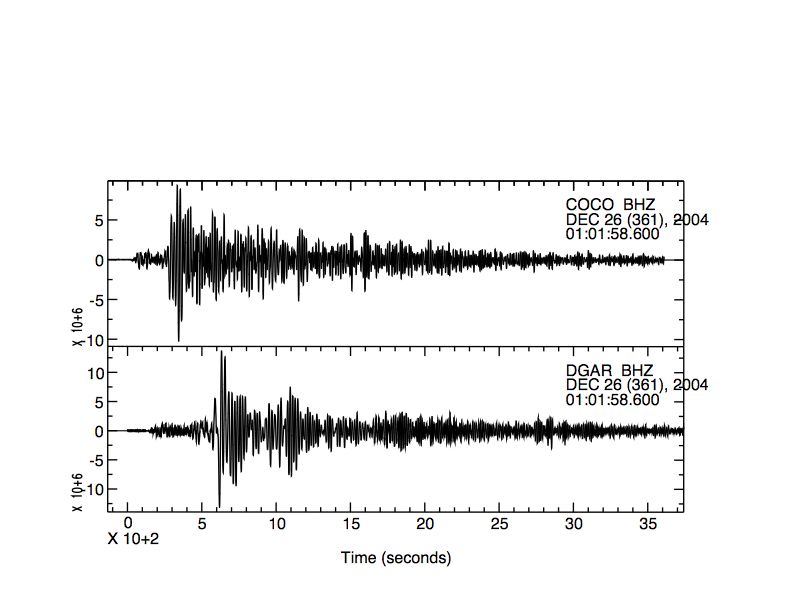
What was that?
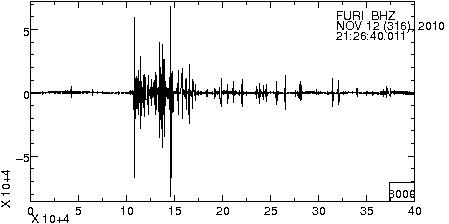
What was that?
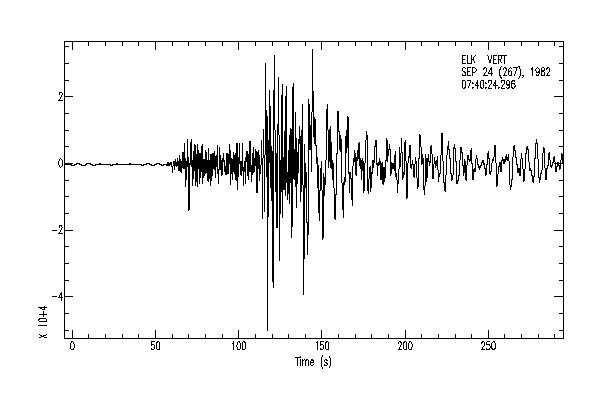
What was that?
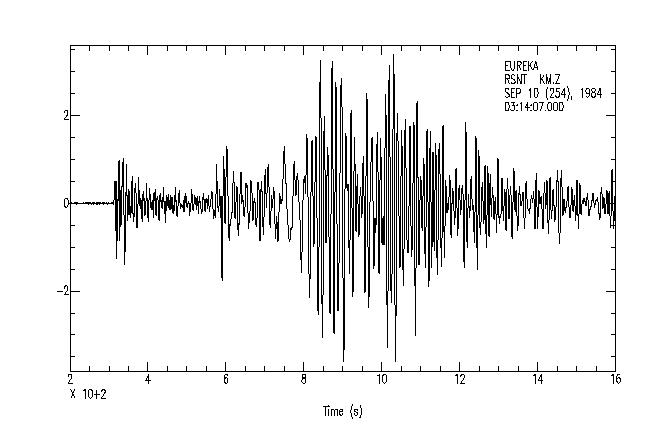
What was that?
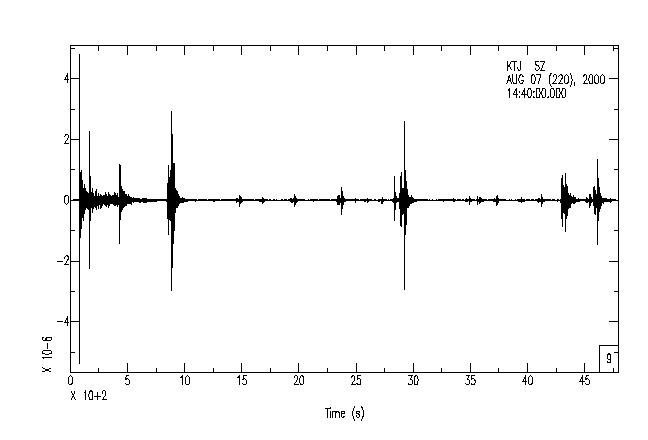

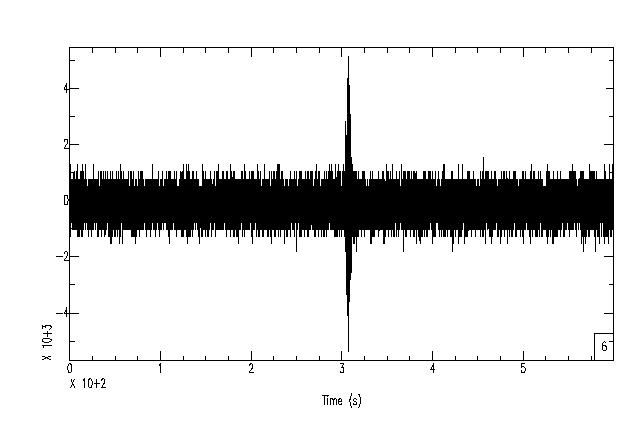
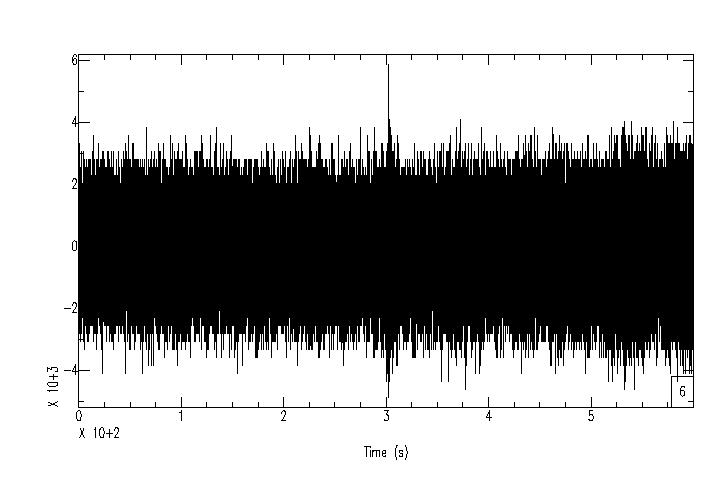
Fundamentally, seismic waves are vibrations in the Earth, similar to the sounds that people hear. Unlike audible sounds, they are much lower frequency and below the range of normal hearing. With digital manipulation, it is possible to raise seismic frequencies up into the range that you can hear.
This makes them extremely easy to analyze. Hearing is exceptionally sensitive to differences in sound quality. What might challenge a seismologist to quantify, your ear can pick out instantly. What follows are a series of different types of seismograms that you can analyze with your ears to give you some insight into the Earth's properties.
First some details. Seismic waves that travel significant distances through the earth vibrate in about the range of 1/200 cycles per second to about 5 cycles per second. In order to bring them up into the range of human hearing, they have to be compressed in time by a factors of 100 to 8000. What this means is that you need a really long seismogram if you want to listen to it. Since a seismic wave takes a few seconds to pass a seismic station, this means that their sounds are quite abrupt: they will sound like brief whooshes, claps, bongo drum beats, splintering wood, and, occasionally, like a bass viol. But you can recognize the difference between those noises -- so you can analyze them with your ears, no matter what their brevity might be.
The displays below show you a visual display, as a seismogram, of a seismic wave to listen to. Click on the seismogram to hear it (as an MP3 file). The horizontal coordinate is time, measured in seconds. The scale varies a lot -- a mutiplicative factor "X 10+2" sometimes appears at the bottom left to indicate the values should be multiplied by 100 to get seconds. The vertical scale is amplitude, in arbitrary units. If you want more information about what you've heard, follow the "What was that?" link.
For procedures to make seismograms audible, see here for some simple software and procedures. The more recently introduced SeisSound system provides another way to make audible seismograms.
| Boxing Day 2004 (magnitude 9) earthquake What was that? |

|
| Gulf of Aden Nov. 2010 seismic crisis What was that? |

|
| Regional earthquake What was that? |

|
| Teleseismic earthquake What was that? |

|
| Teleseismic earthquake and local earthquakes What was that? |

|
| Teleseismic earthquake recorded at two widely-separated stations (stereo channels) What was that? | 
|
| Earthquake heard in a mid-ocean hydrophone at 16N 43W in the Atlantic Ocean What was that? | 
|
| Earthquake heard in a mid-ocean hydrophone at 32N 35W in the Atlantic Ocean What was that? | 
|